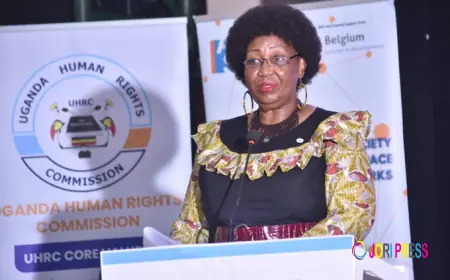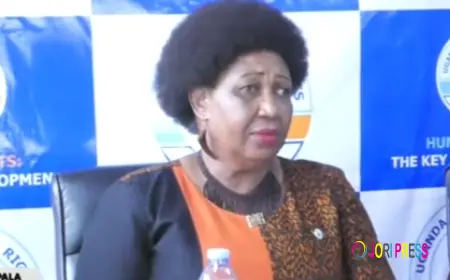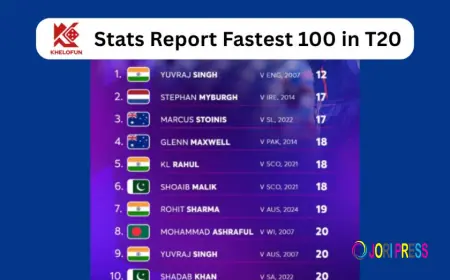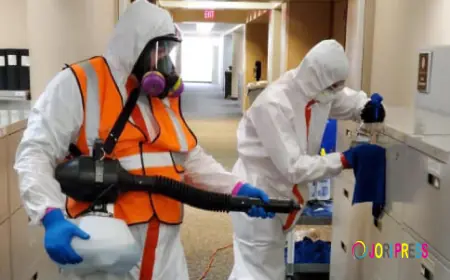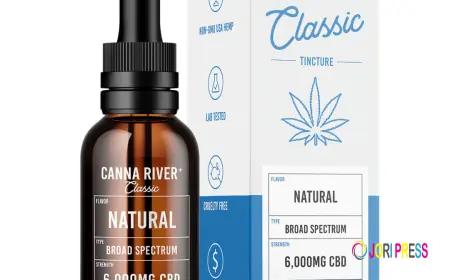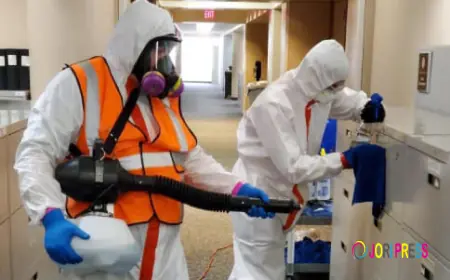Caught Between Giants: How Can Keymed Biosciences’ Stapokibart Injection Break Through the Competition?
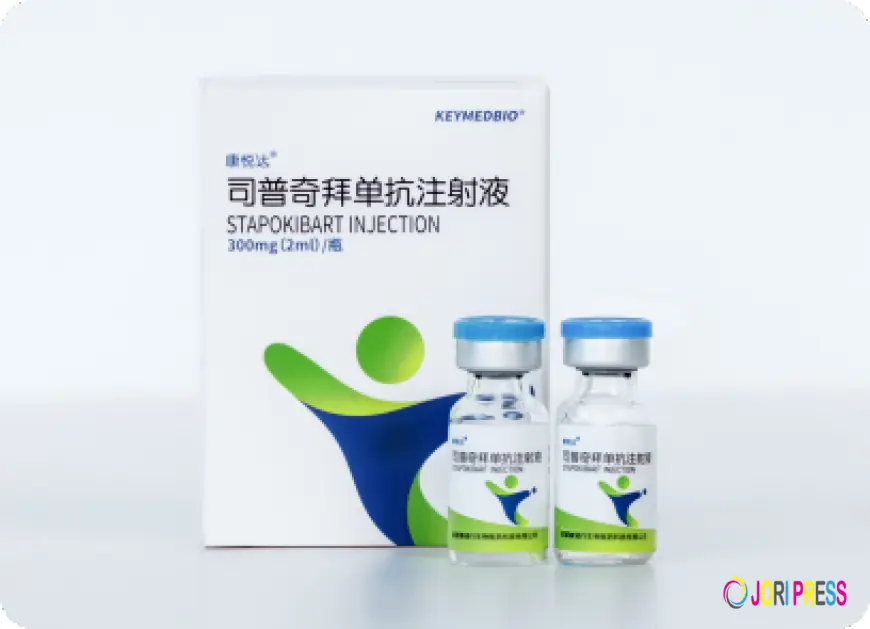
On September 12, 2024, Keymed Biosciences announced that its independently developed Category 1 innovative drug, Stapokibart Injection, had been officially approved for marketing by China’s National Medical Products Administration (NMPA). The product is indicated for the treatment of adults with moderate-to-severe atopic dermatitis who have an inadequate response to topical therapies or are not suitable for topical treatment.
Notably, Stapokibart Injection is the first IL-4Rα monoclonal antibody developed in China and the second of its kind approved worldwide, filling a critical gap in China’s biologics pipeline for atopic dermatitis.
The First Wave: Strong Rivals Ahead
As Keymed Biosciences’ first approved product, the commercial success of Stapokibart Injection will be crucial for the company’s future. To understand its competitive potential, it’s worth examining its characteristics in comparison to existing therapies.
Structurally, Stapokibart features a novel CDR (complementarity-determining region) sequence distinct from that of its leading rival, dupilumab (Dupixent). The CDR determines an antibody’s binding specificity to its antigen. Under the same experimental conditions, Stapokibart achieves complete blockade of IL-4Rα and IL-4 binding, whereas dupilumab only achieves partial blockade.
In terms of efficacy, results from Stapokibart’s clinical trial in moderate-to-severe atopic dermatitis showed strong outcomes:
-
At week 16, 66.9% of patients achieved EASI-75, and 44.2% achieved IGA 0/1 with ≥2-point improvement from baseline, compared with 25.8% and 16.1%, respectively, in the placebo group.
-
At week 52, the Stapokibart group and the placebo-to-Stapokibart crossover group achieved EASI-75 response rates of 92.5% and 88.7%, EASI-90 rates of 77.1% and 65.6%, IGA 0/1 response rates of 67.3% and 64.2%, and PP-NRS improvement ≥4 points in 67.3% and 60.5% of patients, respectively.
By contrast, in the phase 3 clinical trial of dupilumab among Chinese adults with moderate-to-severe atopic dermatitis, at week 16 only 57.3% achieved EASI-75, and 26.8% achieved IGA 0/1 with ≥2-point improvement.
While the two studies were not head-to-head and enrolled different patient populations, Stapokibart demonstrated superior efficacy in its clinical data, potentially heralding a new “EASI-90 era” in the treatment of atopic dermatitis.
Both Stapokibart and dupilumab are subcutaneous injections administered every two weeks. In pricing terms, dupilumab has been included in China’s national reimbursement drug list (NRDL), with hospital prices around CNY 2,780.8 per 300 mg prefilled syringe, or CNY 4,077.52 per box (200 mg × 2 syringes).
Although Stapokibart missed this year’s NRDL negotiation window, its price is relatively competitive — approximately CNY 2,488 per 300 mg/2 mL prefilled syringe (1 per box), with a “buy two, get one free” promotion that effectively lowers the per-unit price to CNY 1,659. If successfully included in next year’s NRDL, Stapokibart could hold a significant pricing advantage.
Beyond IL-4Rα antibodies, Stapokibart faces competition from other novel agents in atopic dermatitis treatment, such as abrocitinib (Pfizer) and upadacitinib (AbbVie) — both oral JAK1 inhibitors.
-
Abrocitinib was approved by the NMPA in April 2022 for refractory moderate-to-severe atopic dermatitis in adults.
-
Upadacitinib gained approval in February 2022 for refractory moderate-to-severe atopic dermatitis in adults and adolescents aged ≥12 years.
Both products are orally administered and NRDL-listed.
In April 2024, AbbVie announced that its LEVEL UP phase IIIb/IV open-label study comparing upadacitinib and dupilumab in adults with moderate-to-severe atopic dermatitis met its primary endpoints: upadacitinib achieved significantly higher rates of EASI-90 improvement and WP-NRS 0/1 (itch-free or almost itch-free) at week 16.
In this increasingly crowded market, Stapokibart will need to differentiate itself through efficacy, pricing, and clinical positioning to secure its place.
The Second Wave: Challengers Approaching
Several emerging therapies are also advancing in China’s atopic dermatitis pipeline (see Table 1).
Table 1. Selected Investigational Drugs for Moderate-to-Severe Atopic Dermatitis in China
Data compiled from public sources.
-
Hengrui Medicine’s emavusitinib (JAK1 inhibitor) — its new indication for atopic dermatitis in adults and adolescents (≥12 years) was accepted by the CDE in November 2023. Emavusitinib is the first domestically developed next-generation highly selective JAK1 inhibitor, with 16× higher selectivity for JAK1 than JAK2, reducing risks of neutropenia and anemia.
-
InnoCare’s ICP-332 — a potent and selective TYK2 inhibitor; no TYK2 inhibitor has yet been approved globally for atopic dermatitis, making ICP-332 one of the most advanced candidates in this class.
-
Lebrikizumab (developed by Almirall and Eli Lilly) — an IL-13-targeted monoclonal antibody approved in the EU, Japan, and the U.S. for adults and adolescents (≥12 years) with moderate-to-severe atopic dermatitis.
-
Amlitelimab — its phase II STREAM-AD trial met primary endpoints, and a phase III study for patients aged ≥12 years has recently launched in China.
Ready for Commercialization
In the biotech industry, commercialization strategies vary widely. Some companies build market experience by licensing commercial rights to foreign products before launching their own, while others establish dedicated in-house sales teams or pursue strategic partnerships to optimize market reach.
For most biotech firms, building a national sales network is capital-intensive, and drug development already demands enormous investment. To balance innovation with execution, Keymed Biosciences adopted a hybrid commercialization model.
In March 2021, the company partnered with CSPC Pharmaceutical Group, granting it development and commercialization rights in mainland China (excluding Hong Kong, Macao, and Taiwan) for Stapokibart’s respiratory indications (e.g., moderate-to-severe asthma and chronic obstructive pulmonary disease). Under this agreement, CSPC paid CNY 70 million upfront and CNY 100 million in milestone payments.
For its first approved indication — atopic dermatitis — Keymed retains full commercialization rights. The company has rapidly built a core commercial team, expected to reach around 250 members by the end of 2024, and has also established 18,600 liters of production capacity to ensure supply readiness.
Conclusion
As Keymed Biosciences’ first marketed drug, Stapokibart Injection carries great strategic significance. Whether it can quickly establish a foothold in the competitive moderate-to-severe atopic dermatitis market remains to be seen — but expectations are high.
References
-
2024 AAD | Hengrui’s Emavusitinib Phase III Results in Moderate-to-Severe Atopic Dermatitis Presented at Oral Session. Hengrui Pharma, March 11, 2024.
-
World Atopic Dermatitis Day | China’s First Self-Developed Highly Selective JAK1 Inhibitor Shows Promising Results. Youmai Conference News, September 14, 2024.
-
Two-Week Onset, Year-Long Efficacy: Eli Lilly’s Innovative Eczema Therapy Approved by FDA. WuXi AppTec, September 14, 2024.
About Hong Kong DengYue Medicine
Hong Kong DengYue Medicine is a Hong Kong–based pharmaceutical wholesaler specializing in the global export of Chinese innovative drugs, including oncology, immunology, dermatology, and rare-disease treatments. With a portfolio of over 30,000 products, DengYue Medicine is dedicated to connecting international healthcare markets with China’s growing biopharmaceutical innovation.
What's Your Reaction?
 Like
0
Like
0
 Dislike
0
Dislike
0
 Love
0
Love
0
 Funny
0
Funny
0
 Angry
0
Angry
0
 Sad
0
Sad
0
 Wow
0
Wow
0










